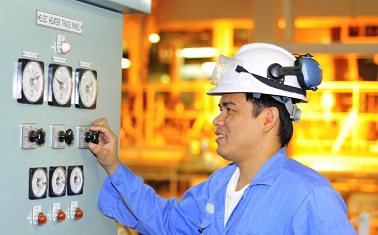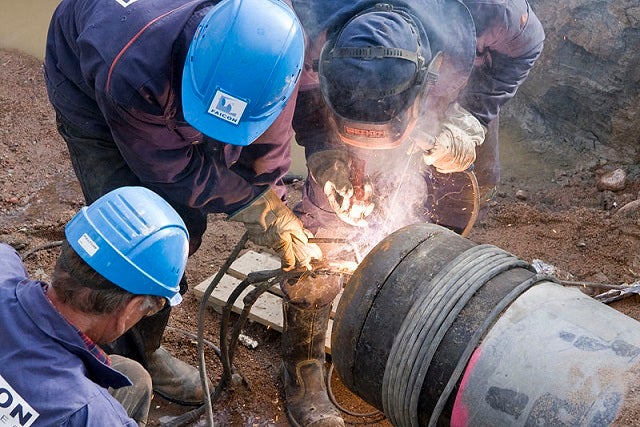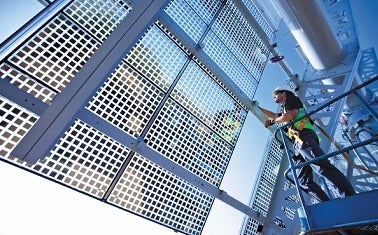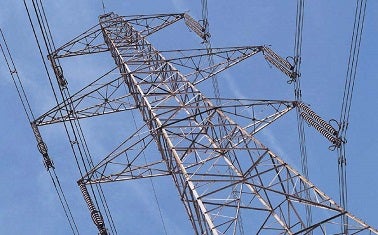This blog post was co-authored by Kate Zerrenner, an EDF project manager and expert on energy efficiency and climate change.
On June 2, the U.S. Environmental Protection Agency made a historic announcement that will change how we make, move and use electricity for generations to come.
For the first time in history, the government proposed limits on the amount of carbon pollution American fossil-fueled power plants are allowed to spew into the atmosphere.

There are two clear winners to comply with the plan while maintaining commitment to electric reliability and affordability: energy efficiency and demand response.
We’re already seeing pushback from some of our nation’s big polluter states, such as West Virginia and Texas. But the truth is that while the proposed limits on carbon are strong, they’re also flexible.
In fact, the EPA has laid out a whole menu of options in its Clean Power Plan – from power plant upgrades, to switching from coal to natural gas, and adopting more renewable energy resources. States can choose from these and other strategies as they develop their own plans to meet the new standards.
That said, there are two clear winners on the EPA’s menu that offer low-cost options for states that seek to comply with the plan while maintaining their commitment to electric reliability and affordability: energy efficiency and demand response. Read More














